Escape to medieval Gorlitz and nature wonder Saxon Switzerland National Park
- Maya del Aire

- Dec 9, 2018
- 5 min read
Updated: Jan 20, 2019
This is day four of your nine days vacation itinerary. If you choose to follow this itinerary on your vacation, you will explore three regions, Bavaria, Saxony and Brandenburg, in Germany which include eight different spots. The first part of this particular day gives you a detailed map and explanations on how to explore hidden gems of Görlitz. Second part focuses on Saxon Switzerland National Park, nature wonder, which you should not miss on this trip. As always, this post will reveal all essential tips and tricks, which will save you hours of your time on doing research. All information in one place. So just get ready and follow my lead.
Click below to check out the rest of your ultimate Germany itinerary
Day 4 Escape to medieval Gorlitz and nature wander Saxon Switzerland National Park
About Görlitz
Görlitz was first recorded back in 1071. It is located on the Lusatian Neisse River, in the Bundesland of Saxony. With its Baroque, Renaissance and Gothic architecture it has attracted many movie directors. Hence, this it is place where many movies were filmed such as: Inglorious Bastards, Grand Budapest Hotel, The Reader and many more. This Medieval town is a home to 3,500 architectural monuments, and big squares from 19th century. Görlitz has been renovated under “absolute strict” guidelines that ban any kind of changes to these buildings made in orange, yellow, green and more colors. From Görlitz, you may easily simply walk to another country, Poland. This small town is united with Zgorzelec, Polish town, with the Old Town Bridge, and they have both declared to be “Town of Europe.” This is not an official title, but it shows the commitment to the European ideals of understanding and integration.[i]
#Görlitz #daytripfromdresden #historyofgermany #zgorzelec #lusatia #neisseriver #bundeslandsaxony #saxony #germanytravel #traveltipsgörlitz #oldtownbridge
How to get there
a) Renting a car I believe is the most convenient but not the most inexpensive option, I have rented a car so I will be able to provide more info about it. The ride takes 1.20 min,
b) Train from Dresden Hbf to Gorlitz, takes about 1.40 min and costs around €30.
***Click here for tips on how to choose your transport and find the best train/bus ticket in Germany.
Itinerary

Map link: <iframe src="https://www.google.com/maps/d/u/0/embed?mid=1ylKS83ppn2yH1nwiPTTx0Q4t9F2x7xJ7" width="640" height="480"></iframe>
Görlitz
110 km, 1.40 minutes from Dresden duration of stay 2-3 hours
If you are here for couple of hours, start your journey by parking your car around Postplatz. This is a beautiful square with a fountain in the middle which is surrounded by Görlitz Court and German Post Office, influenced by Renaissance style.

Pass next to the Church of Old lady, and walk up for 6 min, via Elisabethstrasse towards the Aktionskreis fur Gorlitz; funny statue of a man taking a bath, while lady washes the clothes in the same bath. Walk for another 4 minutes via Nonnestrasse towards the Obermarkt (Upper Market Square) up to the Bruderstrasse, and visit some of the pottery shops particular for this area. Enjoy rich architectural heritage of Gothic, Renaissance, Baroque, Neoclassicism, etc.
After walking up for just couple of minutes, you will end up in Untermarkt (Lower Market Square), where you can take few shots of the beautiful square, or take a lunch break in one of many German traditional restaurants.
#churchofoldladygörlitz #postplatzgörlitz #obermarktgörlitz #untermarktgörlitz #AktionskreisfurGorlitz
Next stop can be Baroque House - Museum of Local History and Science. The Museum is a house to the largest regional collection in East Germany. Likewise, the art collection belongs that to the fine and applied art of Upper Lusatia, and collection of science history that spans over 250 years of tradition.
Opening hours: Tuesday-Sunday 10:00-17:00 Monday closed
Admission: €5, Guides: additional €3
Address: Neißstraße 30, 02826 Görlitz, Germany
https://www.goerlitzer-sammlungen.de/khm/
Tips and tricks***
Every first Sunday of the month, the entrance to the museum permanent exhibitions is free! The museum houses different exhibitions, and for more info you may check this website bellow. The website is in German, but you can simply use Google translator that automatically translates the whole website.

After lunch, walk up next to the beautiful building of Old Ratsapotheke, towards the St. Peter and Paul Church. This church holds a world-famous “Sonnenorgel” (Sun organ) made by Eugenio Casparini and a few times a week you can go on a guided tour and listen to the wonderful sound of the organ.
Opening hours: Monday - Saturday 10:00 – 18:00 (in winter: until 16:00), Sunday/holidays 11:30 – 18:00 (in winter until 16:00), Service: Sunday 10:00
Organ music: Sundays and public holidays and from April- Oct also on Tuesdays and Thursdays at 12:00
Address: Bei der Peterskirche 9, 02826 Görlitz, Germany
More information about the Sun organ in German http://www.sonnenorgel.de/
#OldRatsapothekegorlitz #Sonnenorgelgorlitz #St.PeterandPaulChurchgorlitz
Stroll down towards Staromeijski Bridge and cross into Zgorzelec, Poland. Spend a little time enjoying the view and get ready to continue your trip towards Bastei bridge.
Plan to stay for 2 and half hours (excluding the museum visit). This is a charming but small town and this will be enough to get an idea of it, and also will allow you to visit one of the most wonderful German national parks.
More about Görlitz: https://www.goerlitz.de
Görlitz to Bastei Bridge, Saxon Switzerland

About Saxon Switzerland
Saxon Switzerland is a national park, wonder of nature, with the Bastei Bridge, built in 19th century. It was named by two Swiss painters, who were attending Dresden Academy and have painted the landscape in 18th century. This national park is divided between two countries: Germany and Czech Republic. Bastei, itself is the most famous rock formation in Saxon Switzerland that rises almost 305 m above the River Elbe that was formed by water erosion over million years. These magical geological formations blend into a 76.5 m long Bastei bridge made of sandstone, which includes different viewpoints of the place. This area is very popular for hikers, with the most popular Bastei-Hike from Wehlen via Bastei to Kurort Rathen, also called the “Golden Triangle.” If you are not in the mood for hike, this area can also be enjoyed by simply visiting the Bridge, from where you can see River Elbe, the Lilienstein Mountain, and Köenigstein fortress etc.
#basteibridge #bastei #saxonswitzerland #nationalpark #riverelbe #bastei-hike #goldentriangle #saxonswitzerlandnationalpark #kurortrathen #liliensteinmountain #Köenigsteinfortress
How to get there from Dresden:
a) by car 106 km, around one hour
b) by train/bus. Take the S1train from Görlitz to Kurort Rathen, (prices starting from €25) and then a cross the river by a short ferry ride, and hike uphill for (1.3km), 20-40min depending on your fitness. The hike can be a bit challenging as it can be quite steep and with a lot of stairs.
AIf you don’t feel like walking uphill, then you may catch a bus from Pirna railway station which is on the same line as Dresden. The ride may tike up to an hour. Likewise, you may take vintage Bastei-Kraxler bus, that departs 4 times a day from Marktplatz in Stadt Wehlen, The drive takes up to 20 min
***Click here for tips on how to choose your transport and find the best train/bus ticket in Germany.
[i] https://www.dw.com/en/a-tale-of-two-sister-cites/a-17893481
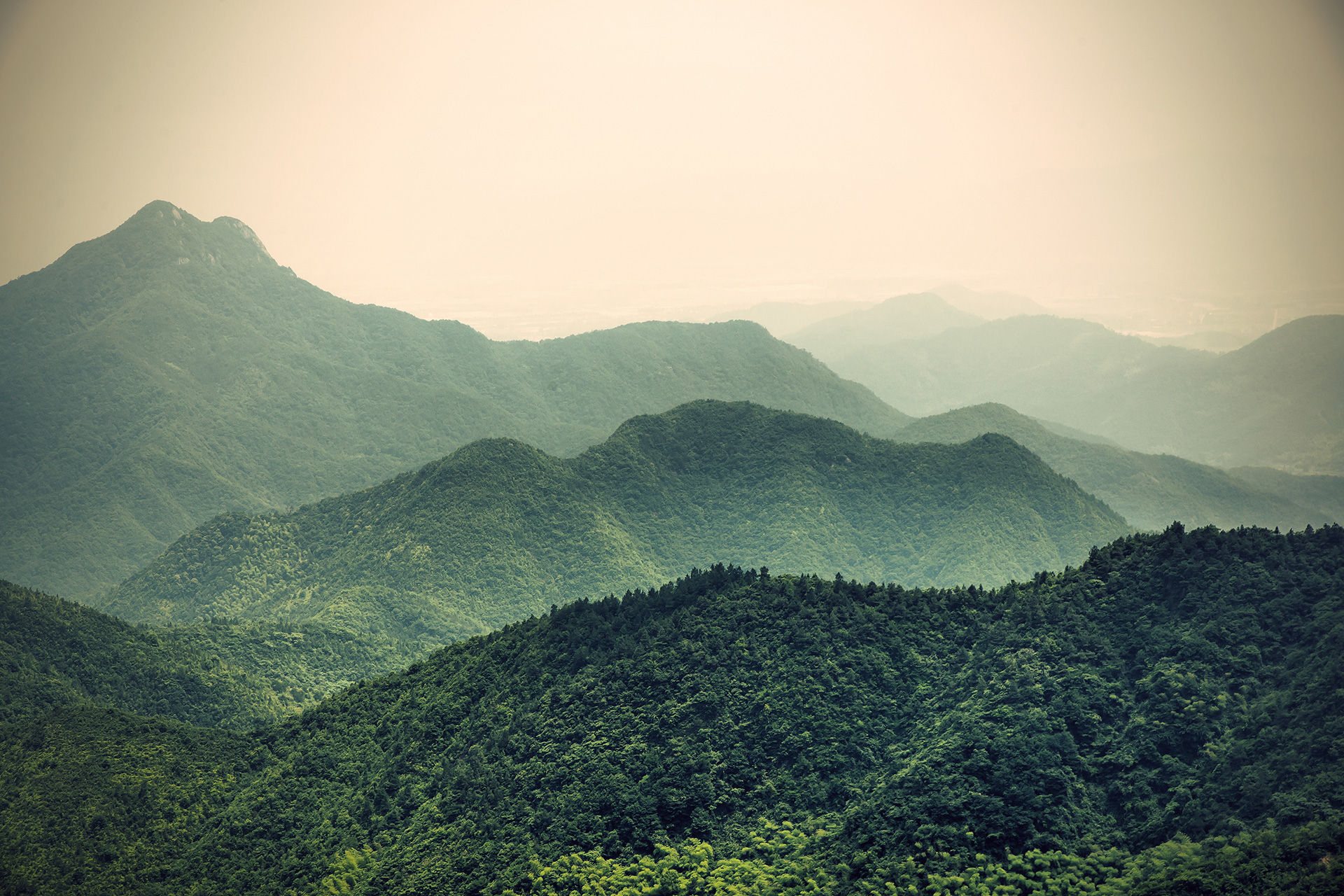


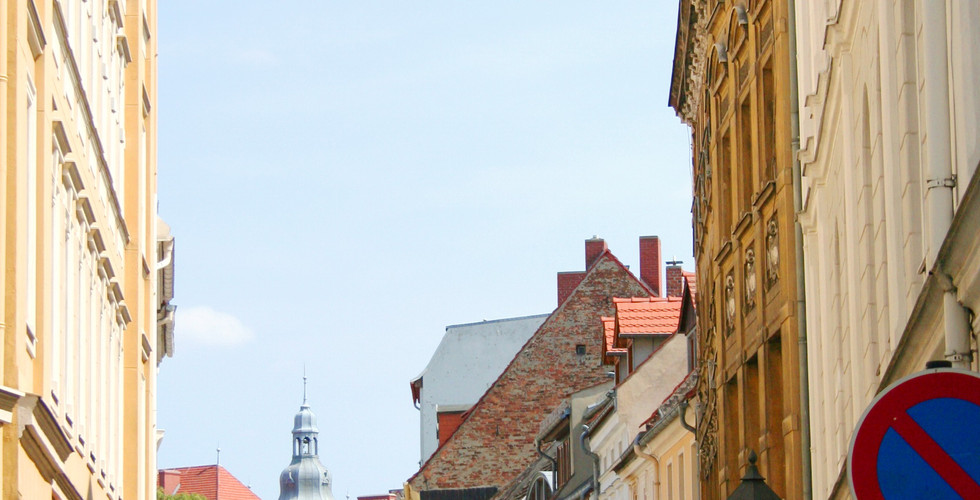






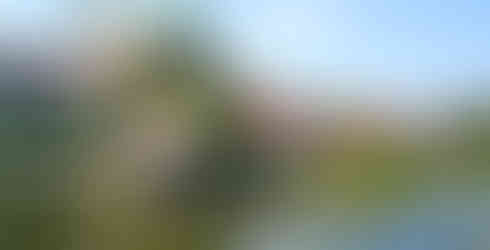





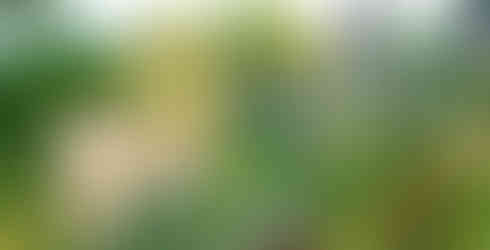

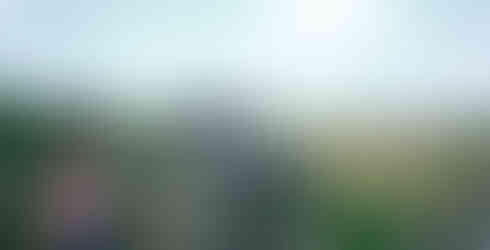

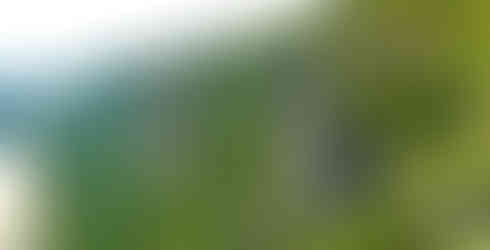

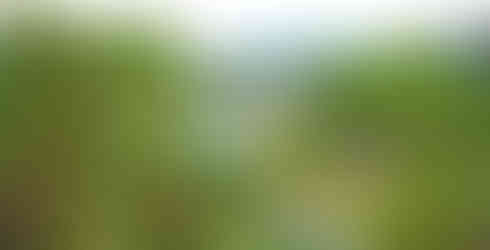



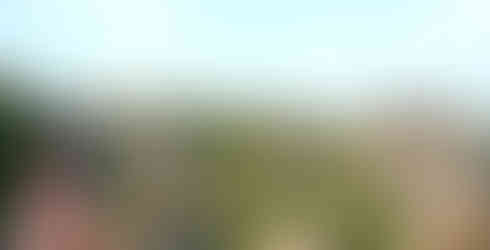




Comments